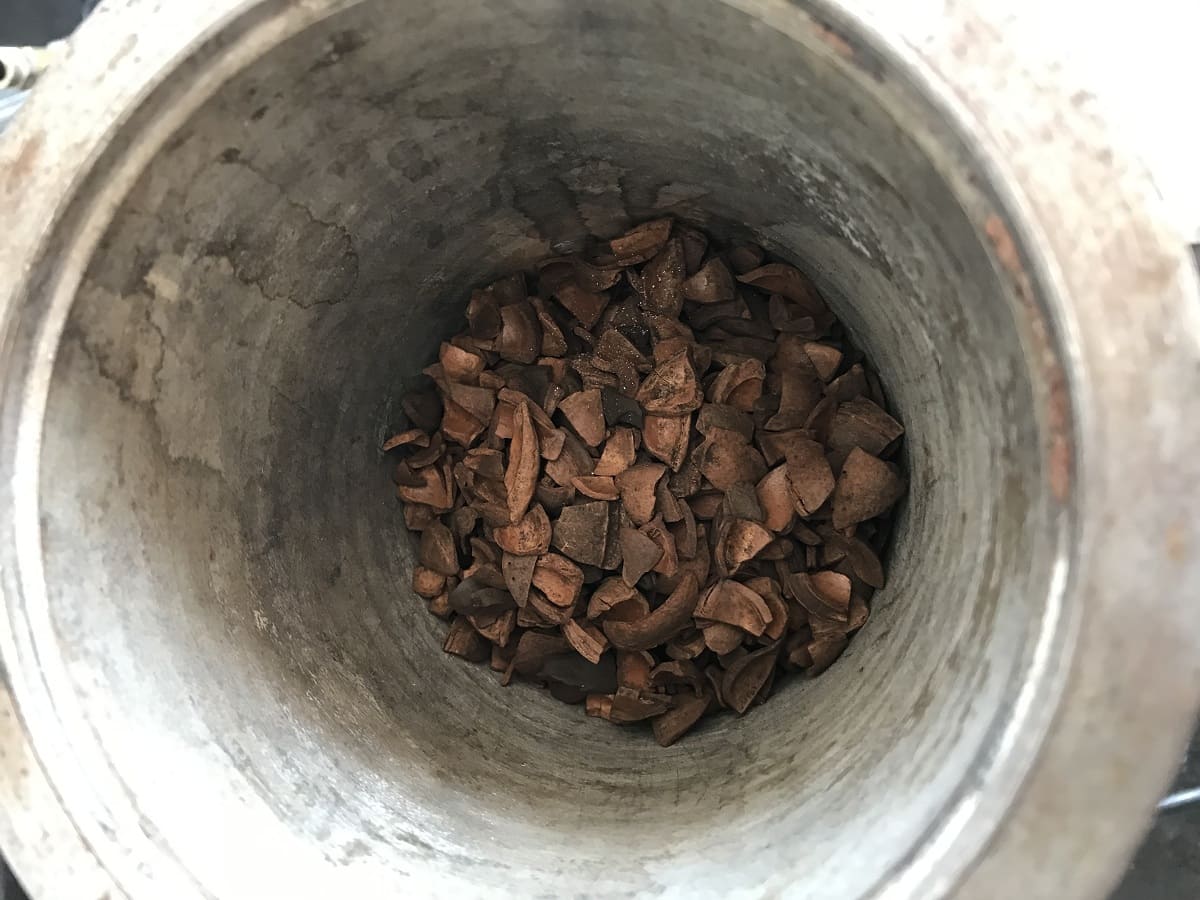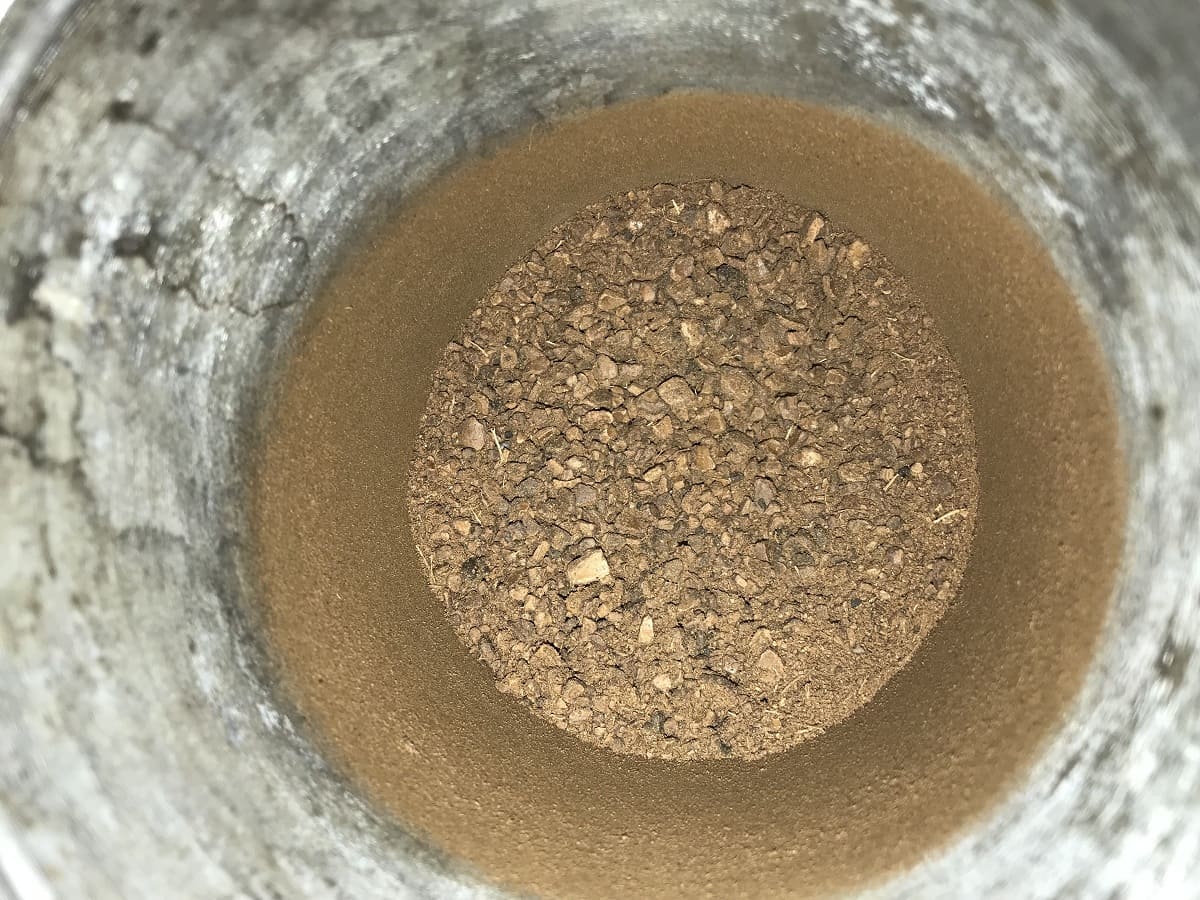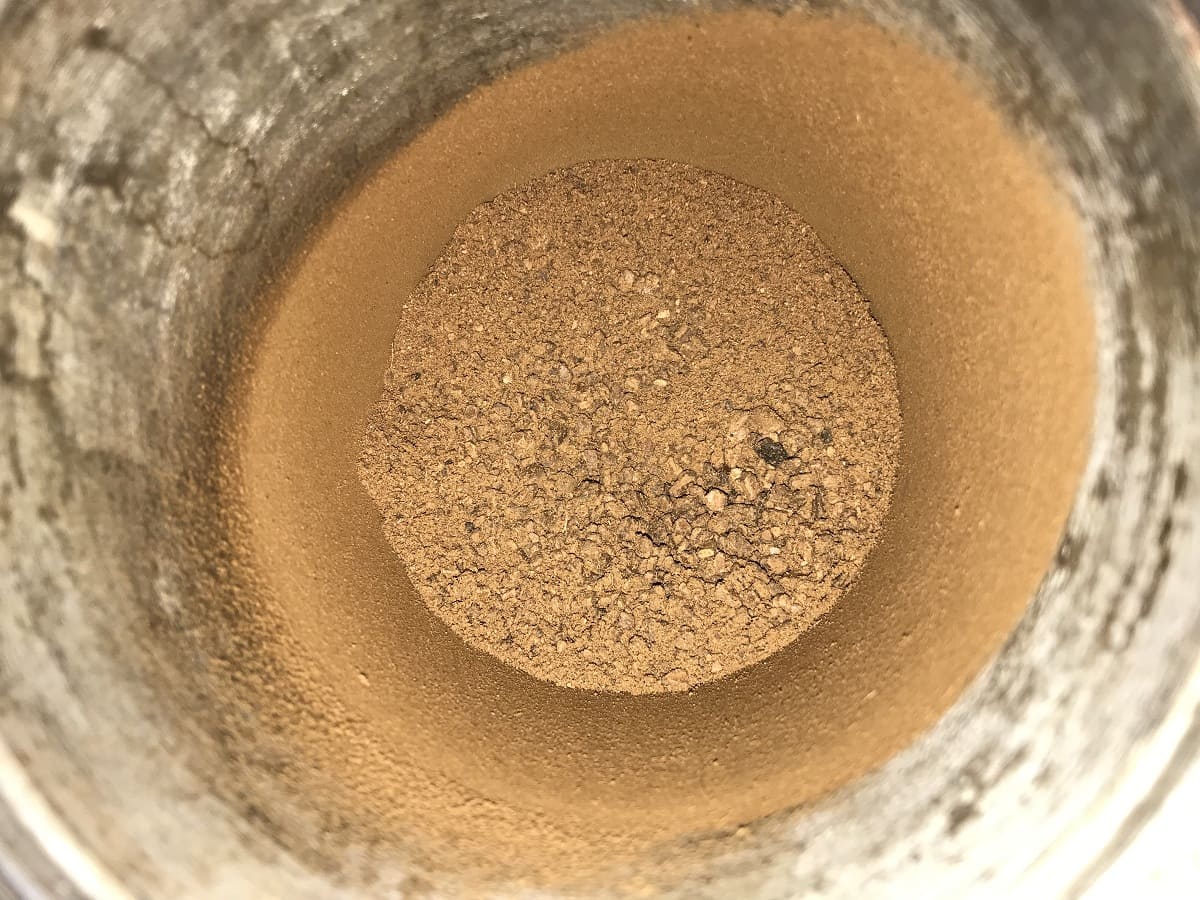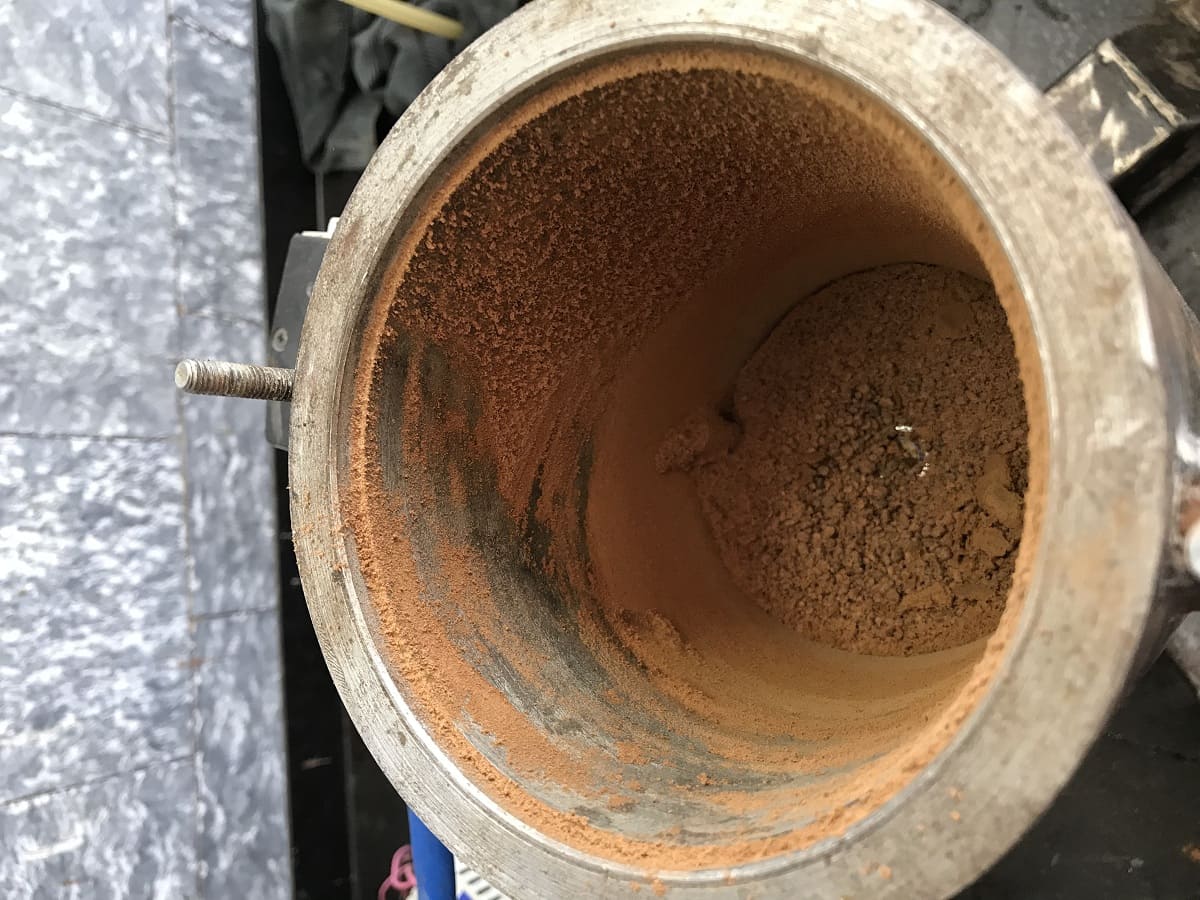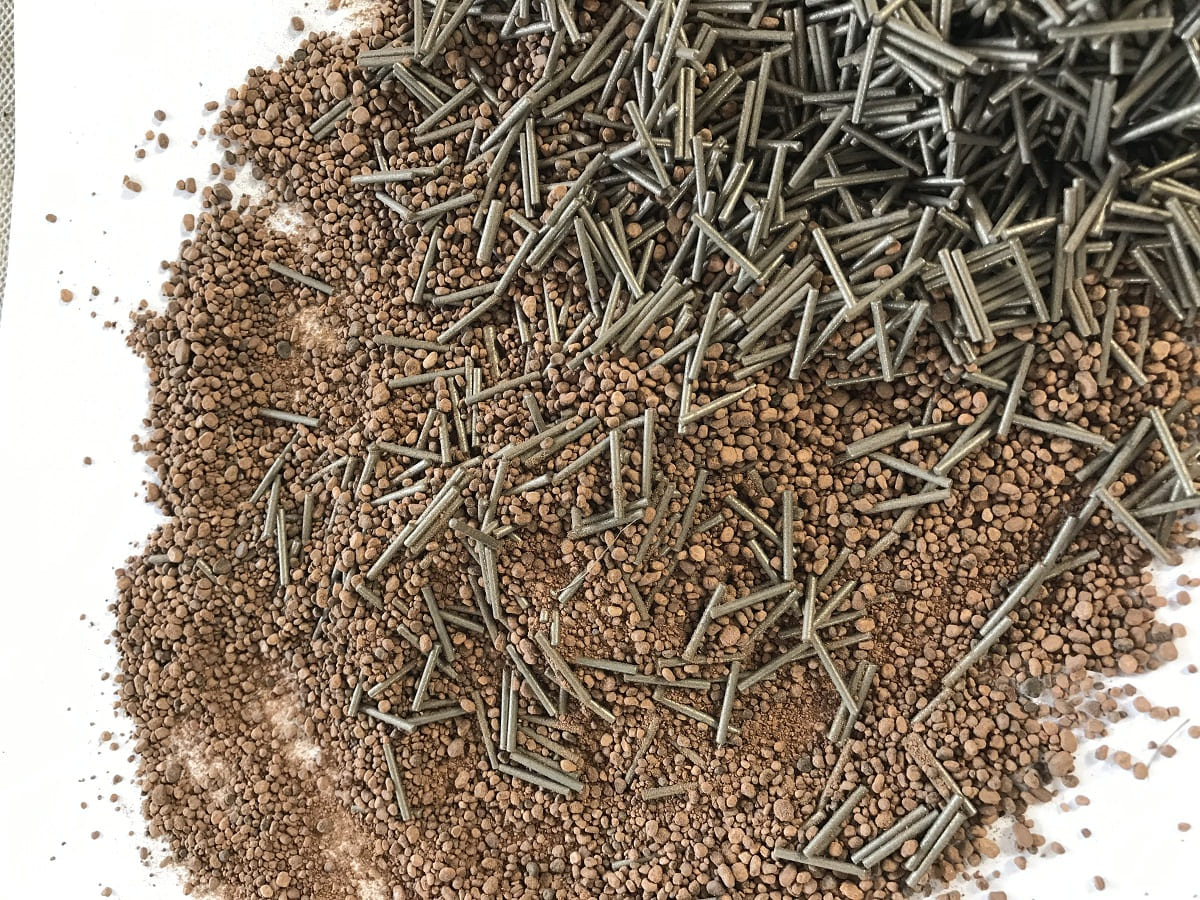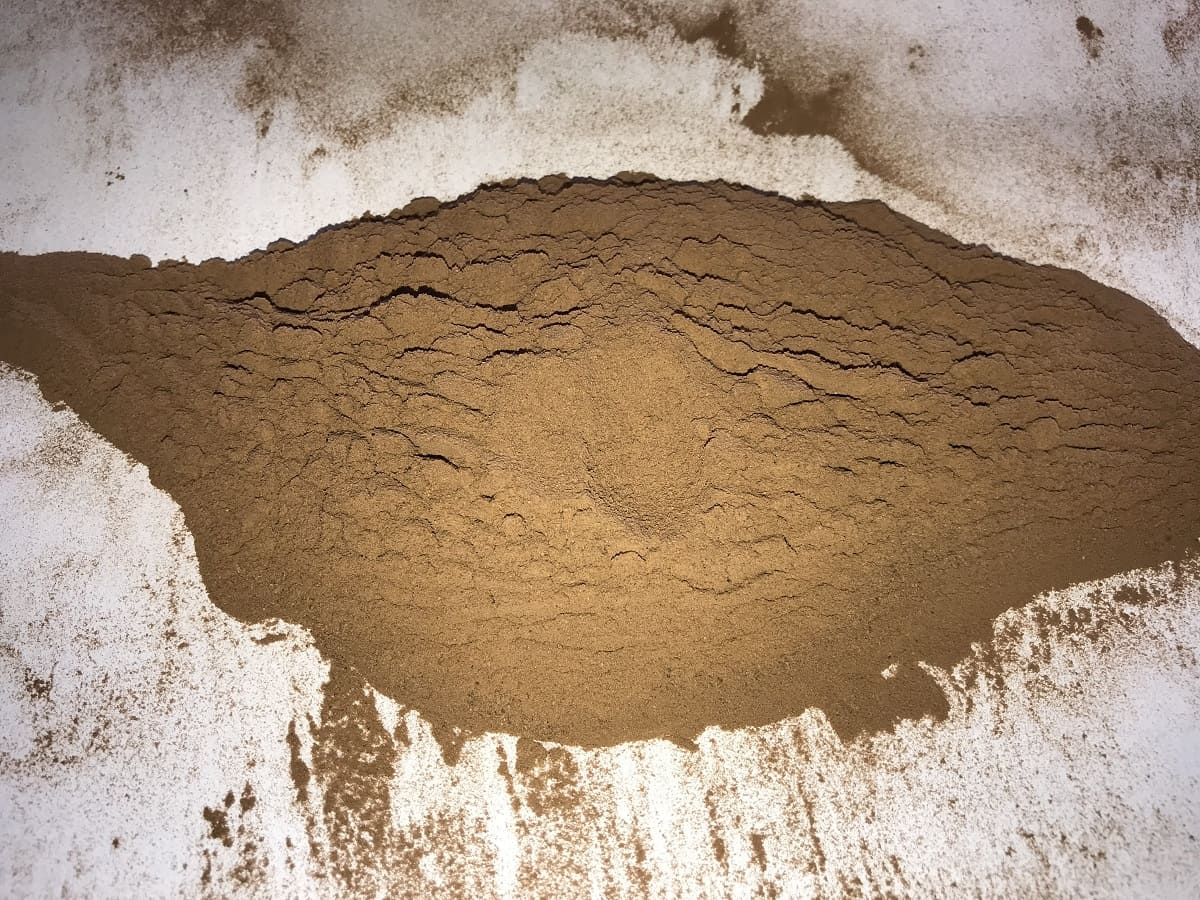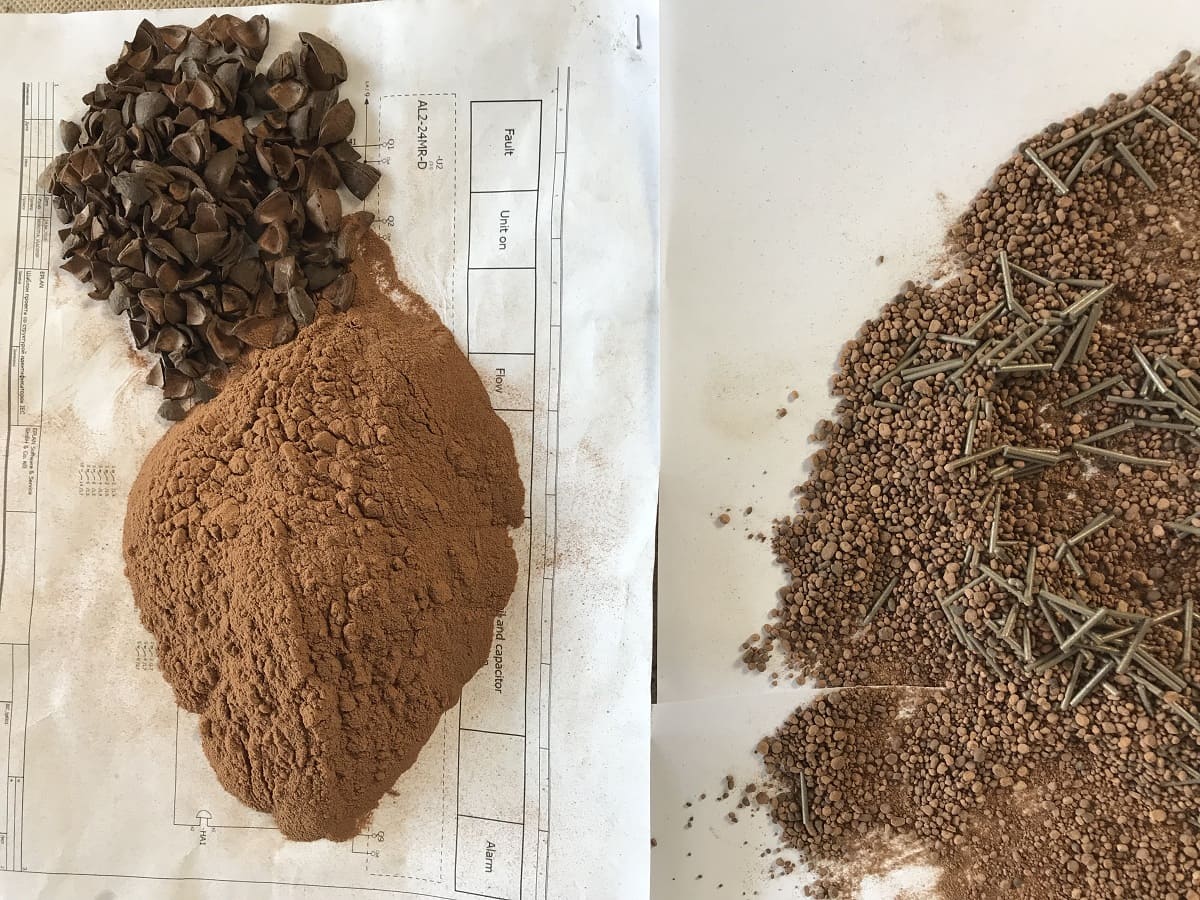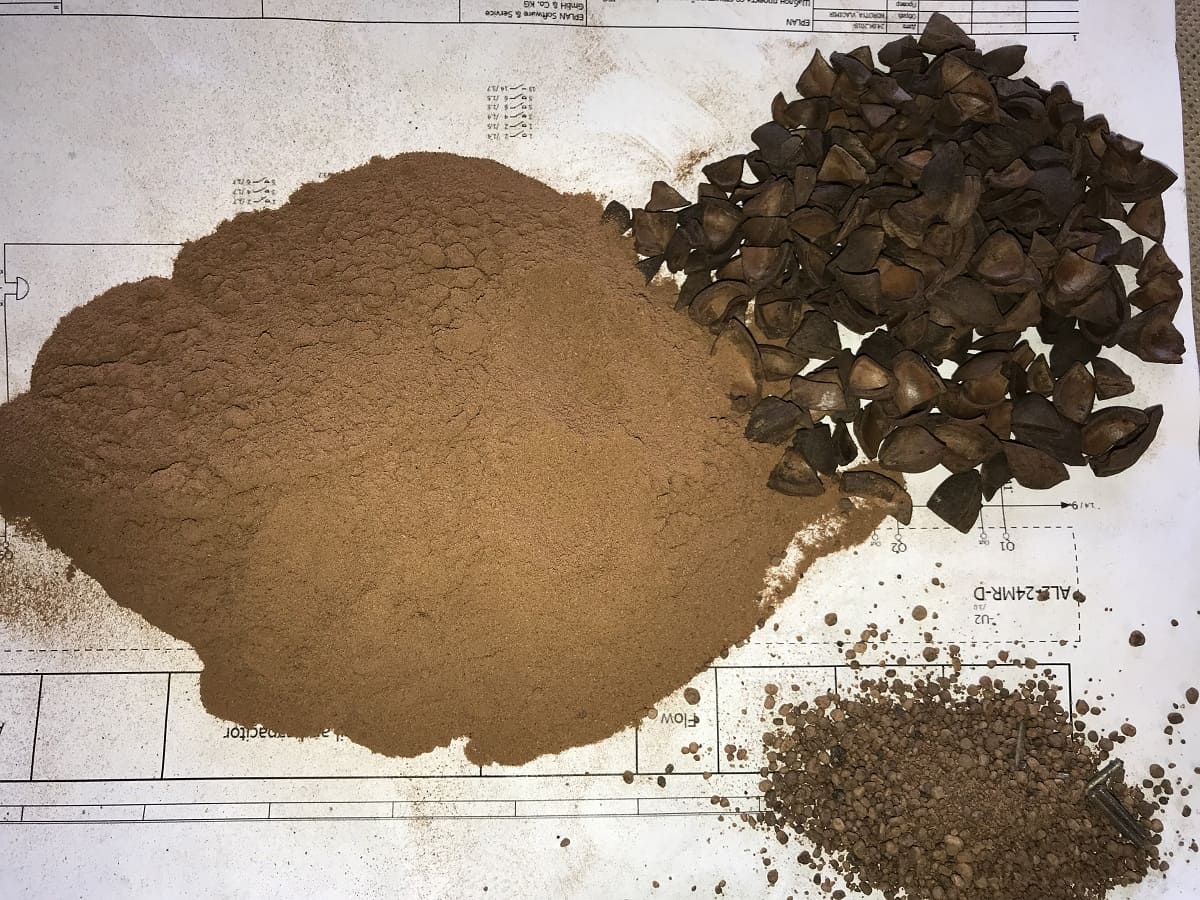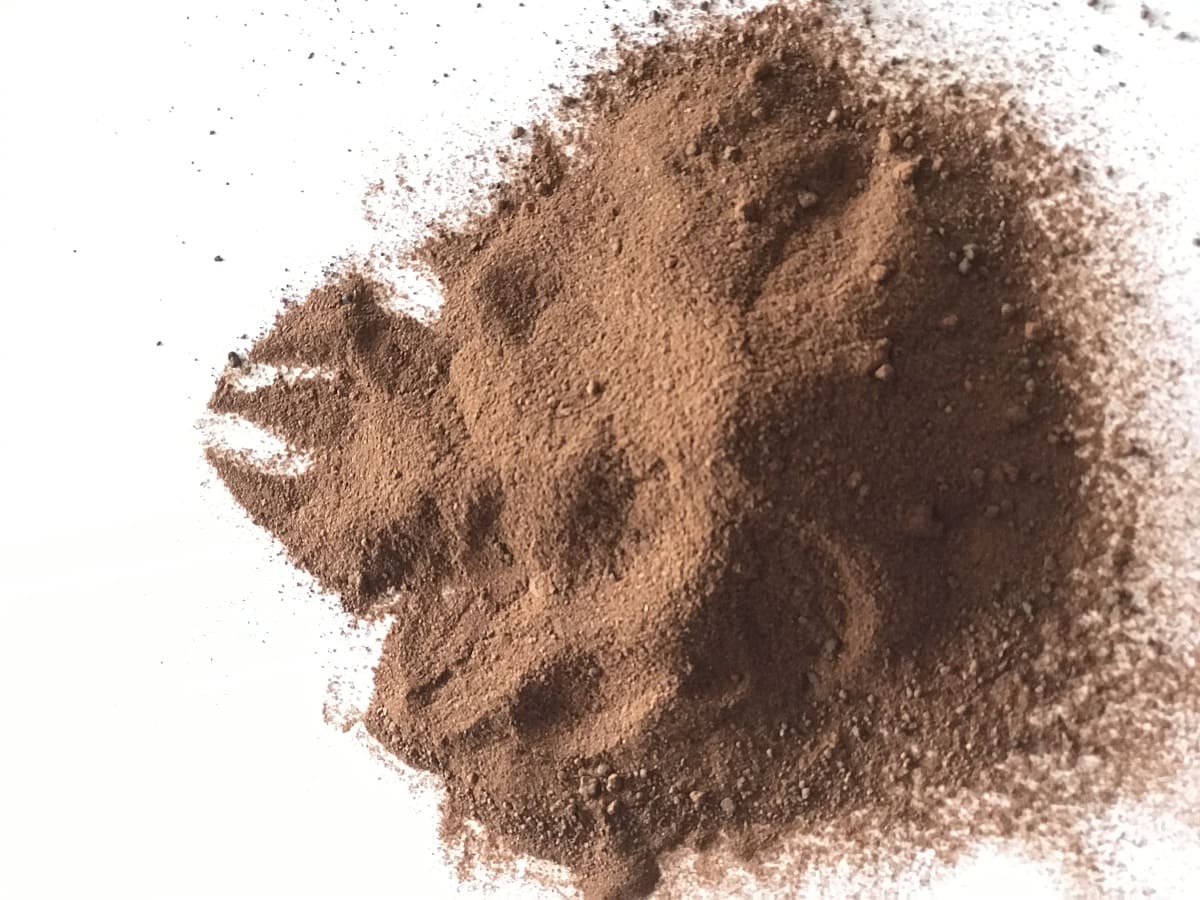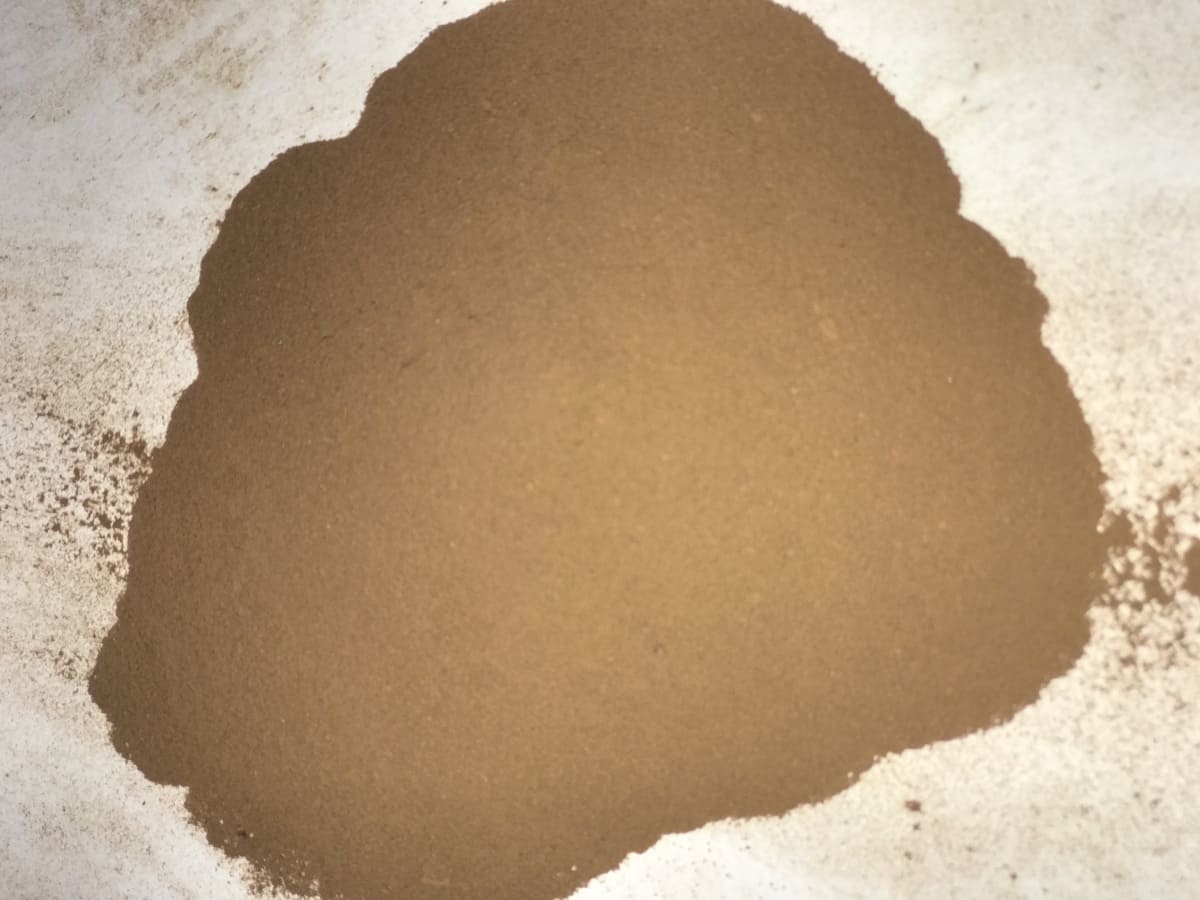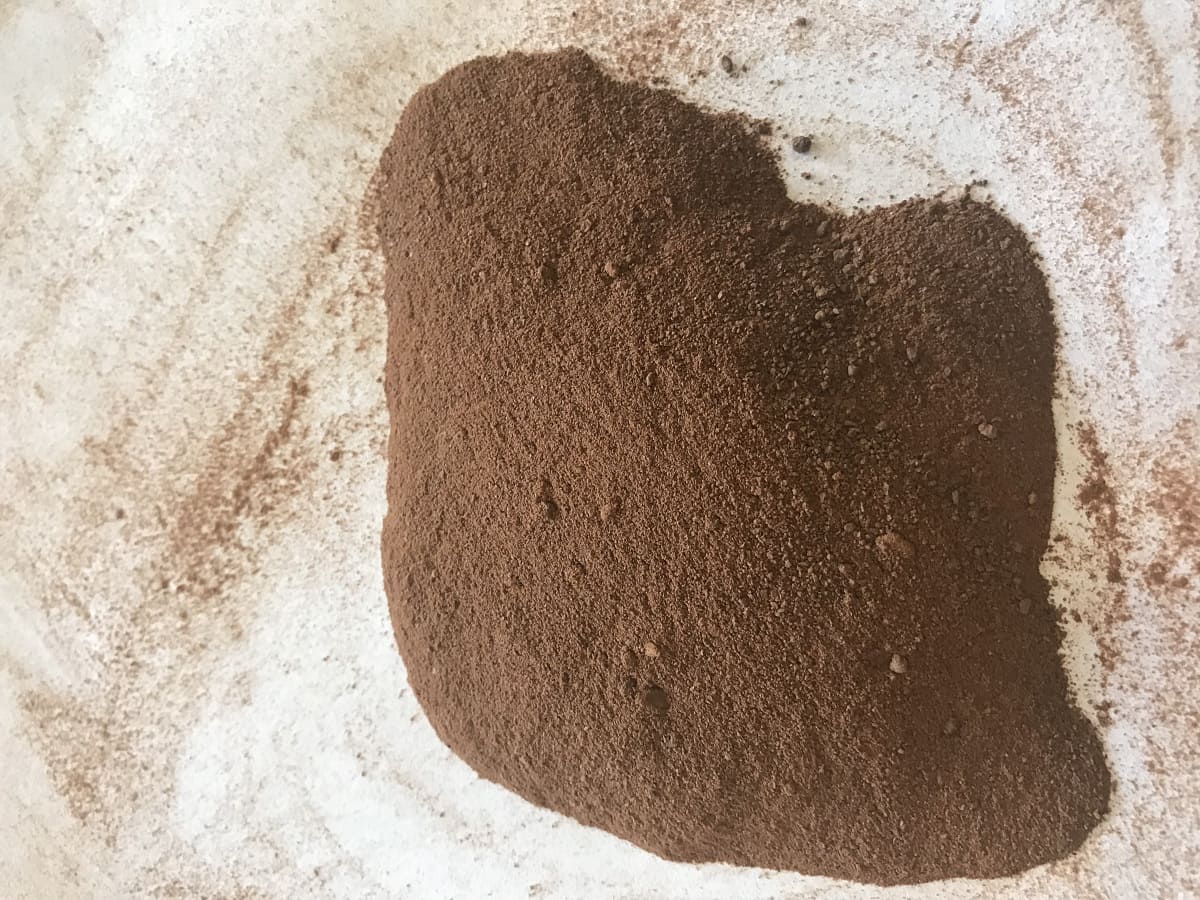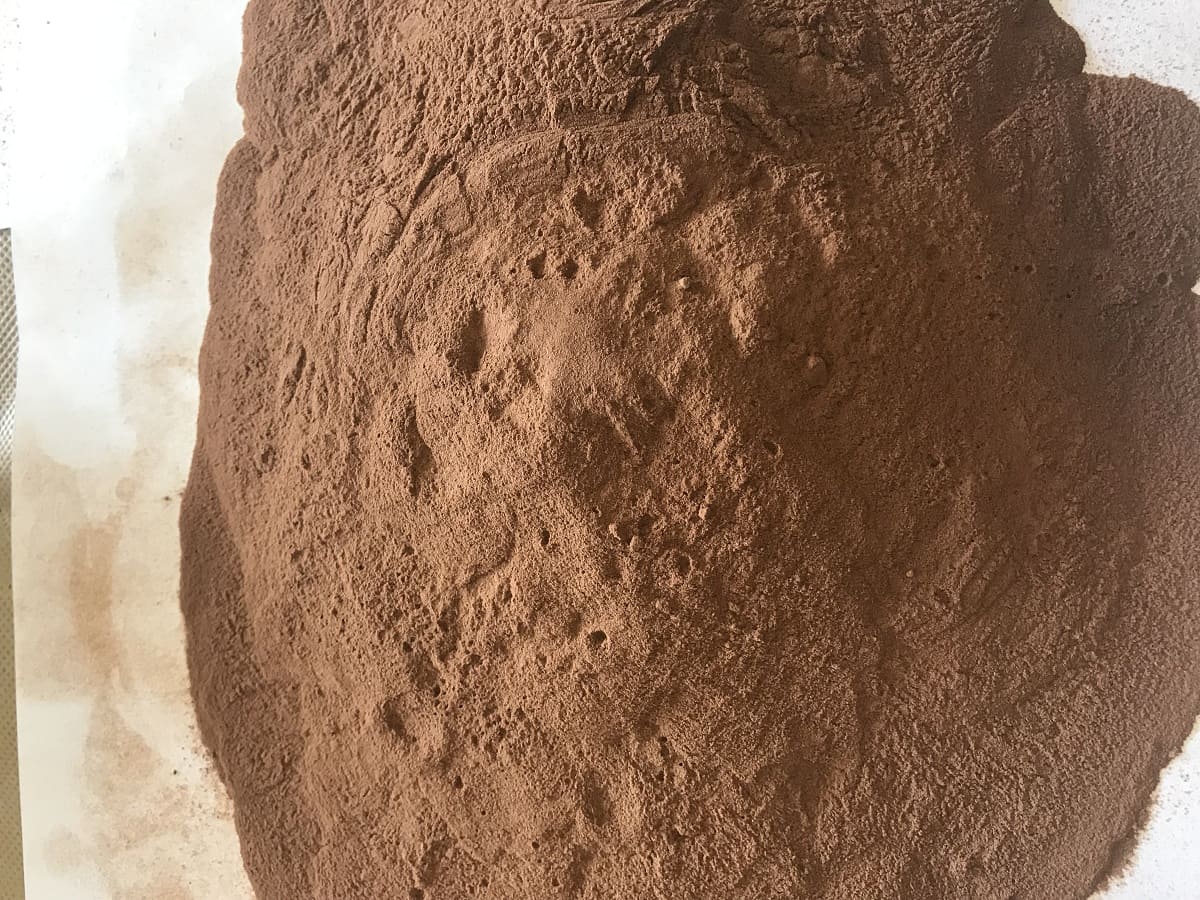In this article, we will describe how lignin production from apricot kernels is carried out. Lignin is a solid polymer of organic origin found in lignified plant tissues. The substance is formed inside the walls of cells, in intercellular space. In nature, it serves to bond cellulose fibers. It ensures the strength of trunks, branches, and other lignified parts of plants, including seeds. The process is similar to the way a reinforced concrete structure is formed from concrete and steel reinforcement. Lignin production from plant tissues is a complex technological process that includes physical and chemical methods of raw stuff processing.
Depending on the lignin obtaining method, it can be hydrolyzed in powder form, sulfate and sulfite. The former is obtained in the hydrolysis industry, and the latter two — in cellulose production.
Lignin application
Lignin is considered to be a valuable environmentally friendly vegetable matter and applied in many industries.
Production of construction materials
It is a binder in production of composites, a filler for plastics, and an additive for bonding mixtures in production of plywood, cardboard, and chipboard. It is often applied as a component in polymeric materials. Acting as a voiding agent in production of ceramics and bricks, it represents an alternative to sawdust and wood powder.
- Oil and gas industry
It is applied as an additive to reduce the viscosity of drilling muds which are used in well drilling.
- Energy sector
The matter is suitable for use as raw stuff to produce fuel briquettes, pellets, gas, and other boiler fuel.
- Agriculture
It serves as an additive for organomineral, organic fertilizers, soil conditioners, and herbicides.
- Pharmaceutical, medical, and veterinary fields
It represents a natural intestinal sorbent and is used in antioxidants and sorbing agents, etc.
- Utilities
It is used in wastewater treatment, as well as in addressing atypical tasks, for example, to collect petroleum products and oil from hard surfaces and water.
- Chemical production
The matter serves as raw stuff in production of acetic acid, phenol, activated charcoal, and other agents.
- Structure and road construction
It is a component of lignin and bitumen mixtures which are used, for instance, as an additive to asphaltic concretes.
This is a non-exhaustive list of the fields where lignin production is relevant. But due to the difficulties of lignin processing and recycling, the use of this raw stuff is often ceased, but alternatives are applied instead.
Lignin production by conventional methods
Lignin obtaining process is part of biochemical production. At the same time, it is not made purposefully — the matter is released as waste within complex physical and chemical processes and must be subsequently used or disposed. Hydrolysis of vegetable materials produces hydrolyzed lignin. Sulfate and sulfite products are obtained in the course of cellulose production. Thus, for example, in order to make paper from wood, lignin must be removed from raw stuff.
The lignin obtained in the course of hydrolytic production is characterized by heterogeneity in composition, particle size and has variable characteristics. The ratio of the main components heavily depends on hydrolysis technology, raw stuff, etc.
In order to obtain lignin from wood, chemical agents are used in the form of chloride and sulfate acids. Another method involves dissolving lignin in an alkaline medium at elevated temperature and pressure. The result is a powdery or fibrous water-insoluble product. Due to the use of chemical agents, the resulting substance may differ from lignin contained in plant tissues. It is considered to be a secondary lignin altered while being obtained from raw wood.
There are great difficulties in industrial recycling of lignin obtained as waste, because it is not a pure substance, but a mixture with plenty of impurities. The mixture is distinguished by high chemical and biological activity. The polymer as such is characterized by a variety of bonds, structural links and is not resistant to chemical and thermal effects which makes handling them difficult as well.
Lignin production from apricot kernels by means of a vortex layer device

An enterprise does not need to dispose of waste, but you can send it for recycling. However, conventional technologies for obtaining lignin from these thick tissues are almost not applied. GlobeCore represents solutions for implementing this task — it is a vortex layer device (AVS).
The unit constitutes a powerful mill operating on the basis of an electromagnetic field and ferromagnetic particles fed together with raw stuff into the operating chamber. When exposed to the field created by the inductor, the ferromagnetic needles actively move about the operating chamber, intensively rotate, collide with the material, the device walls, and with one another — a vortex layer is generated. In this kind of medium, it is possible to grind even the hardest materials, including the shell of apricot kernels — they are pulverized to the state of flour with grains of several micrometers in size.
In this case, the tissues and cells disintegrate, and lignin is released. It is driven by the following processes:
- dispersion;
- mixing;
- electromagnetic processing;
- high local pressures;
- acoustic vibrations;
- electrolysis (in wet grinding)
The comprehensive effect on raw stuff allows obtaining lignin even from partially disintegrated cells.
Moreover, grinding in AVS can be carried out in both dry and wet medium. This makes it possible to engage the device for intensification and improvement of conventional technologies where an acidic or alkaline medium is used as an activator. In addition, the use of chemicals can be avoided, and the primary substance can be released just in water. Lignin production by means of AVS involves disintegration of the apricot kernel shell under the influence of a number of physical processes where the product structure and condition remain unchanged.
Besides, this technology ensures obtaining a higher-quality concentrated product that requires a less complex follow-up technology compared to conventionally obtained raw stuff which has the form of waste.
Advantages of lignin obtaining process in vortex layer device
GlobeCore catalog contains AVS-100, AVS-150, and AVSP-100 models of vortex layer devices. They are identical by principle of operation, but different by capacity. This equipment is considered to be versatile, practical, and economically advantageous for lignin production for the following reasons:
- High efficiency
It is possible to grind even the strongest materials in a vortex layer disintegrating them at molecular level which allows obtaining lignin in an efficient way without using additional equipment, chemical methods of raw stuff processing.
- Usability
The compact unit weighs only 500 kg without a control panel and has the height of just over one and a half meters due to which it can be easily installed even in a small workshop. The equipment does not require a pedestal and additional structures for installation and operation.
- Versatility
The raw stuff can be handled in a dry medium or with the use of water which allows grinding the material more efficiently and obtaining lignin.
- Improved quality of final product
When lignin production is carried out by means of a vortex layer device, we obtain a homogeneous, properly ground mass that has not been exposed to chemical substances, and thus remains pure and unchanged.
- Cost-effectiveness
Depending on the model, the power requirement of the equipment varies from 4.5 to 9.5 kW; therefore, the vortex layer device is considered to be cost-effective equipment in terms of operation.
A vortex layer device constitutes efficient equipment for lignin production from apricot kernels. The equipment is distinguished by simplicity and easily integrated into the production line. You can order the equipment and get sales representative’s advice by contacting GlobeCore.


